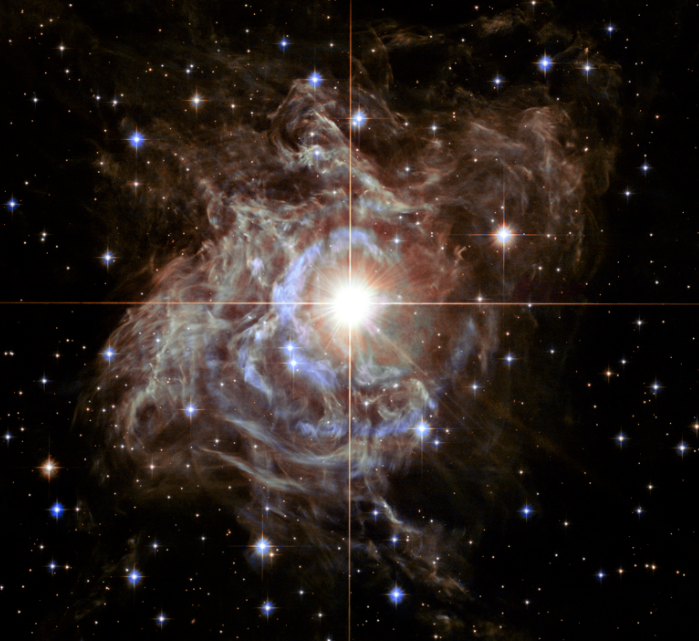NASA does not only stop at capturing fascinating pictures of deep space. But it also weaves enchanting music into these photos to add more mystique and excitement.
This is exactly what the space agency did with a Hubble snapshot of RS Puppis - a bright, mystifying star 200 times larger than our Sun. It also brims with dust reflecting starlight from 6,500 light-years away.

Sounds of a Glittering Star
According to NASA, this massive star rhythmically brightens and dims over a six-week cycle.
Scientists simulate data in the image as music in this new sonification to provide a fresh, enjoyable approach to experiencing the glittering RS Puppis.
The pitch is determined based on the direction of the star's center. As the circle moves inward, points at the top correspond to higher notes, while points near the bottom represent lower notes. In addition, the brightness in the photo represents a louder volume.
The sonification video is a harmony of bells and a plethora of enchanting sounds to make this Hubble image even more mysterious than it already looks. Immerse yourself in this galactic object and listen to what it sounds like below:
Hubble's Dazzling Capture
NASA's Hubble Space Telescope captured RS Puppis brimming with sparkling lights.
The dazzling starlight illuminates the gossamer cage of reflecting dust surrounding the massive star. According to NASA, RS Puppis is 200 times larger and ten times more massive than our Sun.
Throughout a six-week cycle, RS Puppis rhythmically brightens and dims. It is also one of the brightest members of the group of stars known as Cepheid Variable Stars. Its intrinsic brightness, on average, is 15,000 times more luminous than that of our Sun.
As light pulses from the Cepheid spread outward, the nebula's brightness fluctuates. Hubble captured a sequence of images of "light echos," or light bursts that rippled across the nebula.
Despite the fact that light travels through space at a speed that permits it to span the distance between Earth and the Moon in just over a second, the nebula is so large that reflected light can actually be captured passing through it, according to NASA.
Astronomers can quantify these light echoes and determine a precise distance by observing the variation of light in RS Puppis and documenting the faint reflections of light pulses traveling across the nebula.
Related Article : NASA's Hubble Space Telescope Captures 'Butterfly Nebula' In Stunning Motion | Fun Facts About This Beautiful Space Butterfly

![Apple Watch Series 10 [GPS 42mm]](https://d.techtimes.com/en/full/453899/apple-watch-series-10-gps-42mm.jpg?w=184&h=103&f=9fb3c2ea2db928c663d1d2eadbcb3e52)



